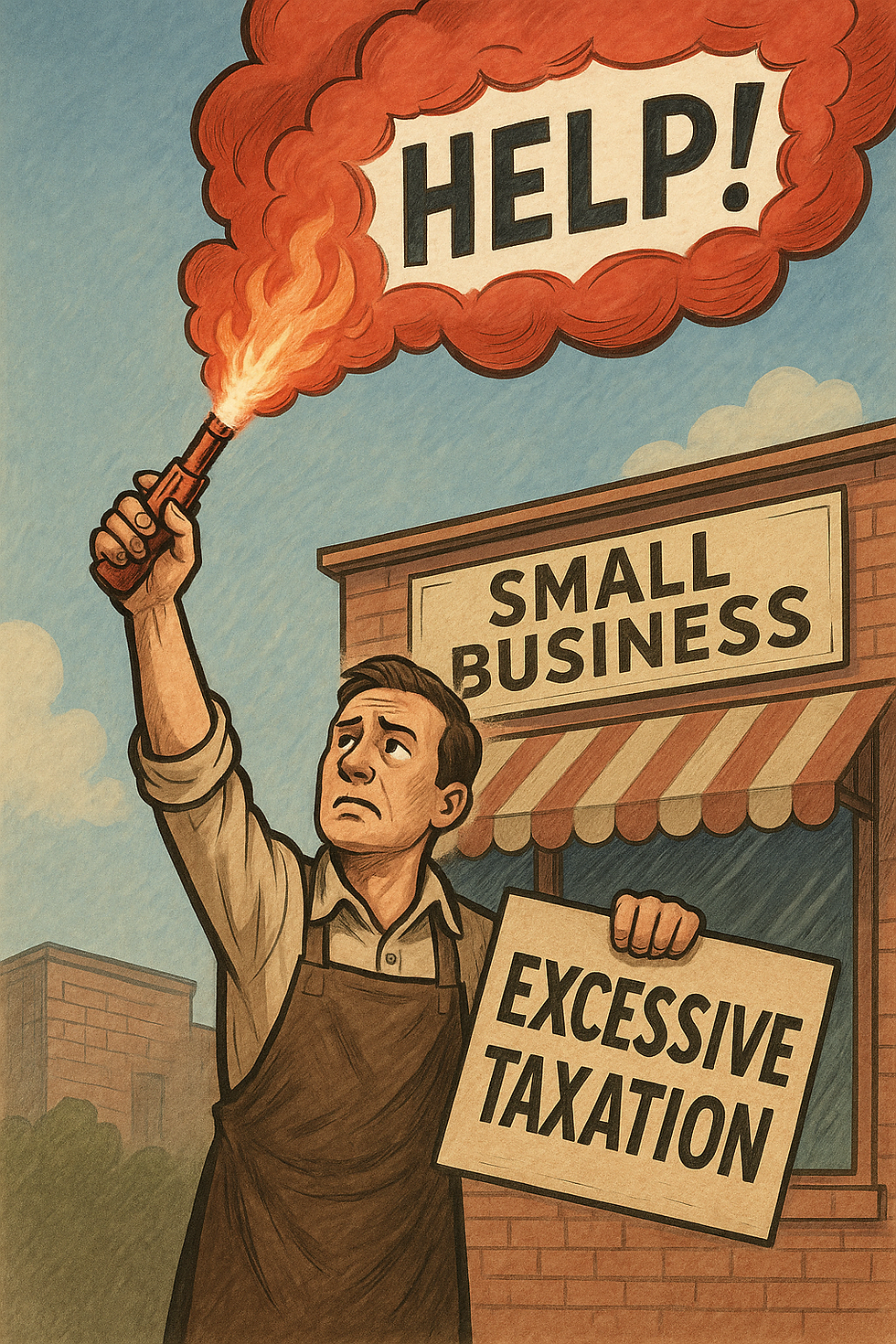Will K-12 spending increases lead to better outcomes?
- Chris Cargill

- Jan 10, 2023
- 2 min read
Updated: Jul 21, 2023
Idaho Governor Brad Little announced Monday a plan to increase K-12 spending in Idaho in several areas. From the Governor's release:
· Targets starting teacher pay to Top 10 nationally ($47,477), up from #41 nationally when Governor Little took office.
· Strengthens pay for all teachers – including our most experienced educators -- by $6,359. In total, this adds $145 million for enhanced teacher pay statewide.
· Closes the salary gap that schools face for classified staff by providing $97.4 million to better position schools to hire critical support staff such as cafeteria workers, bus drivers, and paraprofessionals.
· Continues the state’s commitment to raising take-home pay of teachers and school staff by providing an additional $27.9 million for health insurance benefits.
· Provides $52.4 million for the largest single-year boost of discretionary funding to schools in state history, allowing local schools to meet local needs and defray reliance on property taxes.
· Puts forward $2.9 million in ongoing funding to improve dyslexia outcomes throughout the state through training and outreach.
· Makes permanent the widely popular Empowering Parents grants by investing $30 million to continue helping families take charge of education expenses for their children.
· Provides $20 million in one-time grants for the Securing Our Future Initiative from the Office of School Safety and Security. Funds will be used to make meaningful, durable, and demonstrated effective investments in K-12 school facility security throughout the state.
· Provides $30 million in one-time grants to preserve school investments in information technology, including student and classroom devices and network infrastructure.
Many of these items may be very popular. We know that the Empowering Parents grants, for example, is popular and has helped students get extra assistance outside the classroom. That program should be expanded to include all families and more education options - with the goal of improving outcomes.
Our question is whether the other spending will improve student outcomes? What is the measurement whereby we can determine if it will help children? What are the goals?
The number one priority of any plan to increase education funding should be student outcomes.
Unfortunately, many states have increased funding on their K-12 system without seeing results. The latest National Assessment of Education Progress scores prove the point. Even before the pandemic, the scores were flat.
Idaho currently spends more than 50% of its budget on K-12. You can decide for yourself whether that's too little, too much, or just right.








Com'on, man... "You can decide for yourself whether that's too little, too much, or just right." Really??...upon what do we make the decision??? There is no specificity to the $2.6B they're currently spending now. Tell your readers what the line-by-line education budget is, i.e., how exactly they're spending that huge pot of money. You just provided some glittering generalities of Little's proposal. Metaphorically, say you're having a house built for $500,000...then the builder decides it's going to cost more. Wouldn't you ask the builder for a detailed price breakdown before you agreed upon the new increased price????? This analogy aligns with the State's education budget ...wanna jack up the price without giving the voters/taxpayers a detailed cost breakdown. S…